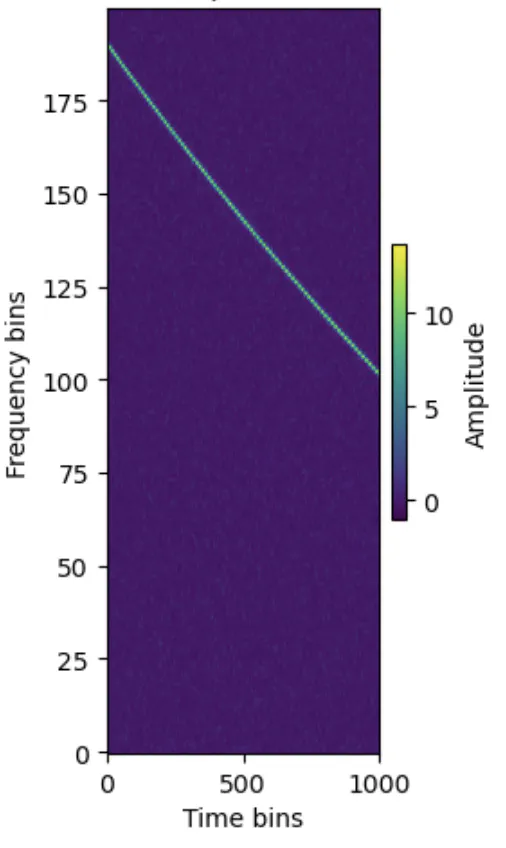Machine Learning Tutorial on Classifying Gravitational-Wave Signals
Jun 10, 2025· ·
1 min read
·
1 min read
Andrew L. Miller
 Spectrogram with injection
Spectrogram with injectionOverview
- Deformed, newborn, isolated neutron stars could spin down rapidly due to the loss of energy via gravitational waves. Because mountains on newborn neutron stars are expected to be large, the spin-down is also large, of O(0.1) Hz/s. However, the rapid rate of change of the frequency implies that the mountains quickly decrease in size, meaning that the signal duration is on the order of hours-days; hence, these signals are called transient continuous gravitational waves: longer than black hole mergers, but shorter than canonical continuous waves from older, slowly spinning down neutron stars.
- In this tutorial, we show how convolutional neural networks can be applied to distinguish between time-frequency spectrograms containing a tCW signal, and those containing only noise. Machine learning represents a great avenue of approach for such signals, since much of the physics that governs neutron-star spindown in the early stages of its life are uncertain and equation-of-state dependent.
- You can access the tutorial on google collab.